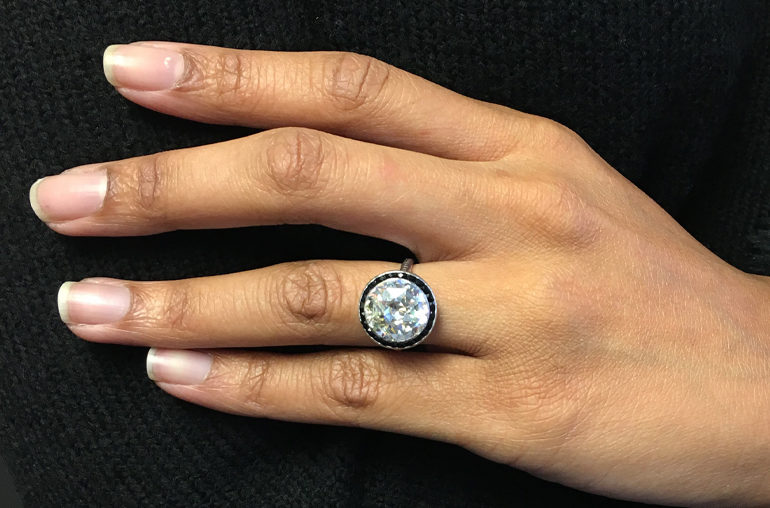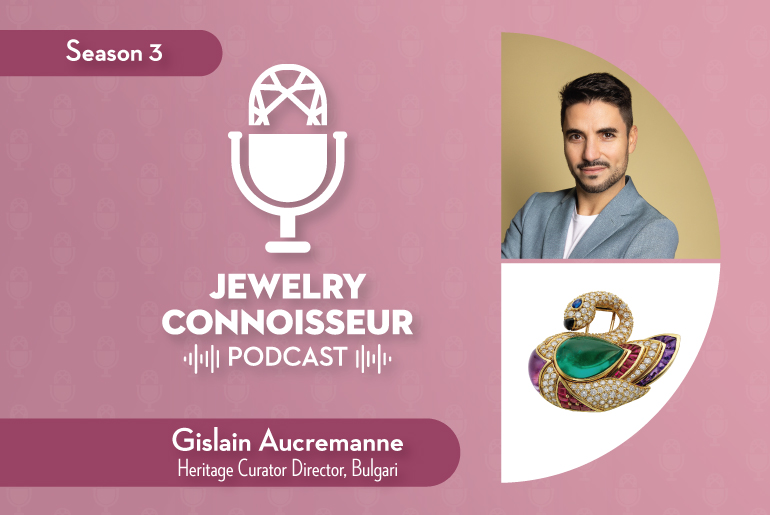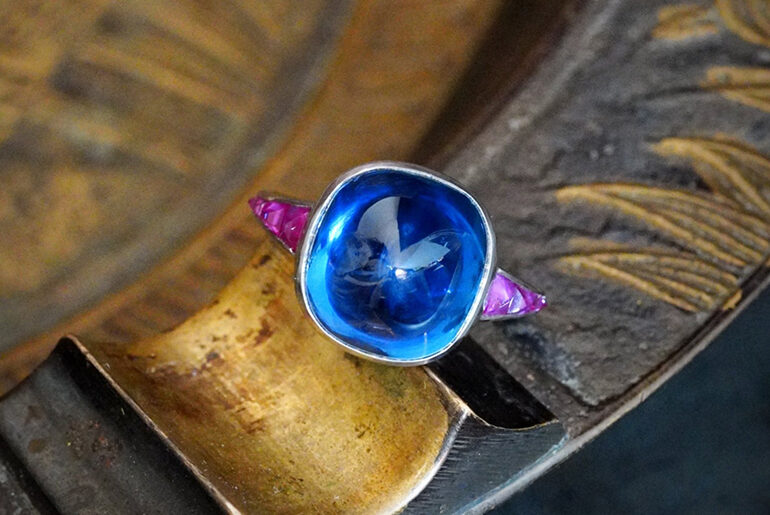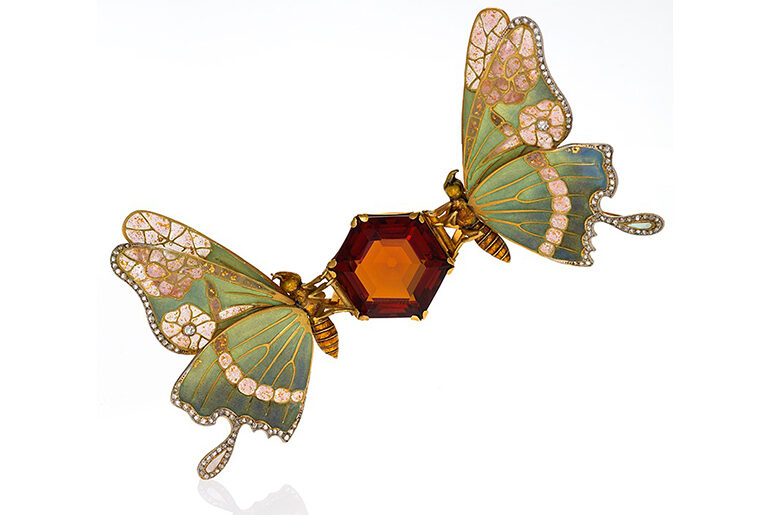Here are the four most common mistakes this buyer of estate goods sees among people who bring in jewelry.
Mistake 1: Cleaning or polishing pieces before selling
Polishing jewelry can result in a diminished or obliterated hallmark or other damage. Collectors look for clean, identifiable hallmarks and signatures to help determine the country of origin, maker, and authenticity of an item. Collectors often like the way a piece ages over time. Gold and silver can attain warm tones in their color that can impact the price buyers will pay. Polishing antique jewelry can make it resemble a reproduction. Though estate dealers know the difference, polishing risks demotivating an otherwise enthusiastic collector.

Mistake 2: Gathering valuations or estimates verbally instead of in writing
A verbal quote often won’t hold at the time you want to sell. While there are companies that make offers to purchase, many refuse to put the offer in writing. This puts pressure on sellers to sell immediately or else suffer the consequences of a lower price upon their return. Clients appreciate dealers that treat them with respect and provide assurances that a good offer will stand even after it’s subjected to the scrutiny of family members and others.

Mistake 3: Assuming the retail value is a guide for pricing
The current retail price only impacts the value our clients receive if the piece of jewelry is:
a) highly coveted;
b) a highly branded piece like Cartier, Van Cleef & Arpels, JAR, David Webb, Rolex or Patek Philippe;
c) highly iconic of that brand;
d) free of damage;
e) authentic, with original box and paperwork;
f) a recent model — i.e., from the last 10 years.
In such cases, the value we pay might be half of the retail price, sometimes more, depending on the availability at retail and customer desire. Other times, the item may be unrelated to the retail price.

Mistake 4: Getting just one valuation
Gathering multiple offers is one way to ensure you’re getting good value for your jewelry. While it is true that the first offer you receive could be the best you get, a good dealer makes each offer assuming that the client already has a competitive offer elsewhere. This way, clients will likely return to that dealer if it was their first stop, and happily sell there if it’s their last stop.


Richard Tilles is the president of Circa, which buys high-end branded jewelry and watches from private individuals and has 12 offices across the US, Hong Kong and Spain. Tilles founded the company in 2000 with the idea of offering the same luxurious experience to sellers that they’d received when they’d bought those items.
Main image: Art Deco ring set with an Old European cut, 6-carat diamond.





Comments are closed.